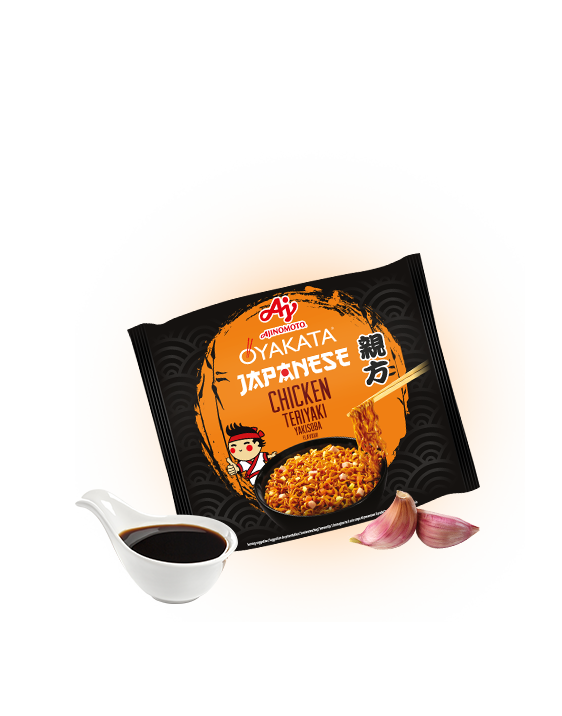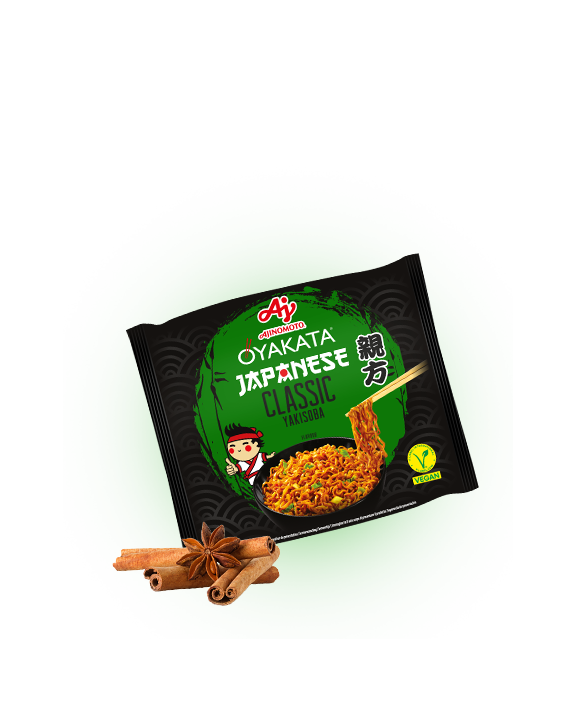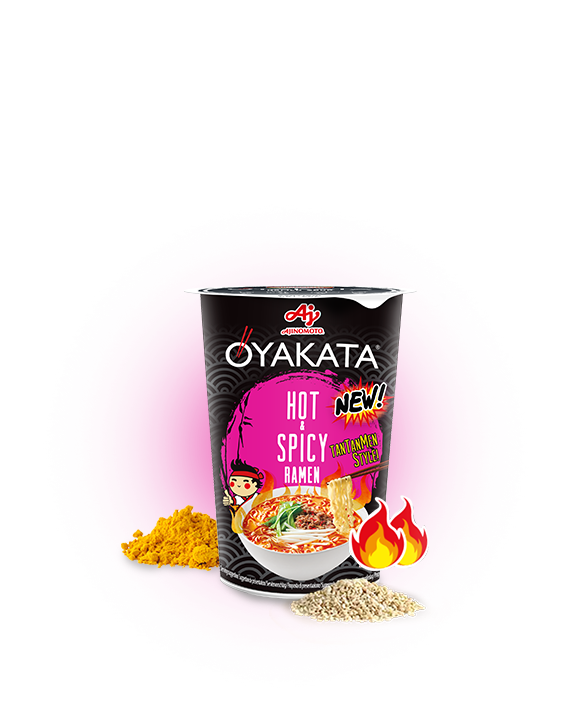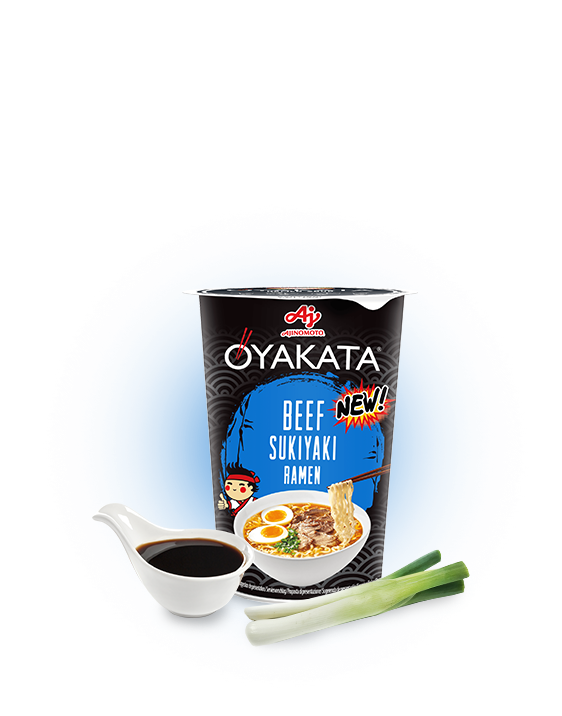

7 GREATEST TOURIST ATTRACTIONS IN FUKUOKA
Hakata Gion Yamakasa Festival – a boat pushing race
The Hakata Gion Yamakasa (博多祇園山笠) Festival is the most recognisable attraction of the city, bringing in the most tourists. The event takes place from 1 to 15 July and it is an incredible street race. Moving along winding narrow streets, the participants push exquisitely decorated, even 1-tonne-heavy, platforms with boats – Yamakasa. The festival is said to be even 770 years old and because of its unique traditions and values it has been recognised by the Japanese Ministry of the Environment as an Important Intangible Cultural Property of Japan.
The largest Yatai in Fukuoka
Street food is highly developed in Fukuoka. The city has made a great use of the aromatic food and spices coming from China and Korea. This is why many of the Chinese and Korean dishes that have spread all over Japan originated in Fukuoka. As you walk down the streets of the city, you will encounter Yatai (屋 台) – Japanese food trucks – every few metres, at a scale unlikely to be met anywhere in Japan. There are about 150 of them in Fukuoka, with as many as 20 located along the river in the southern end of the Nakasu island, making the place the most popular part of the city in terms of street food.
Uminonakamichi Seaside Park – a green amusement park
Despite all the skyscrapers, the dynamic development and the dense population, even such Japanese metropolises as Fukuoka have their nature reserves. It is a place where inhabitants and tourists can find refuge from the city buzz and enjoy nature. Uminonakamichi Seaside Park (海の中道海浜公園) is the green centre of the city, with access to a play ground, an amusement park, a Ferris wheel, sports fields, a zoo and a water park, where you can admire sharks, dolphins or sea lions. It is a perfect place to spend your free time, especially with family. Choose March and April for the visit, when the millions of various plants are in bloom and the almost 2000 cherry trees start to blossom spectacularly.
Ohori Park inspired by the Chinese West Lake
Ohori Park (大濠公園) in Fukuoka is a typical place for leisure – both passive and active. The trails around the park are popular with lots of morning and evening joggers. Others simply sit on benches to relish the unparalleled scenery of the historical castle moat. The park also has an Art Museum with a magnificent exhibition of two great Catalan artists Salvador Dali and Joan Miró, to name a few. The Ohori Park is so enchanting also because it is inspired by the Chinese West Lake from the UNESCO World Heritage List.
Fukuoka Tower – Mirror Sail
Japan is famous for tall and unique skyscrapers. One of them was built in Fukuoka. It may be only 234 metres tall, which is merely 1/3 of Burj Khalifa – the tallest skyscraper in the world, but it is still breath-taking. Covered with 8,000 mirror-like windows, the surface of the building reflects the sky in a full perspective. Hence the other nickname of the structure – Mirror Sail. Besides, it is a perfect spot to see the whole city and the bay from a different perspective. You can do this from the observation deck located at 123 metres or by having a dinner in the restaurant on the 116th floor. It needs to be noted that Fukuoka Tower (福岡タワ) played a part in the Japanese film Godzilla vs SpaceGodzilla.
Dazaifu Tenmangū – temple of the god of science
Fukuoka has a multitude of temples and chrams. However, this unique site deserves special attention. It is situated in a town on the outskirts of Fukuoka and it is known as the Dazaifu Tenmangu (太宰府天満宮) temple. The structure was erected to commemorate Sugawarano Michizane (菅原 道真), a then scholar, politician and poet. Today, he is worshipped as the god of science, literature and calligraphy. Plenty of Japanese students come here at the time of exams to ask the deity for good luck during tests. Interestingly enough, the temple complex sells many gadgets and books that are to help in learning and passing the exams. Its museum, on the other hand, screens a film about the life of Michizane.
Canal City Hakata – all in one
Canal City Hakata (キャナルシティ博多) is a huge shopping, service and entertainment centre. Its characteristic feature is the water canal splitting it in half. The mall has almost 250 shops. With this large number, you can buy basically anything you want in one place. In the food zone, you may try many Japanese dishes, including the regional Hakate Ramen. You will also find plenty of international cuisines. After a meal, you can go to a theatre, arcade, cinema, see a multimedia fountain show or simply come back to the hotel without forcing your way through the city but just by getting a lift to the next floor.
Japan – a country of metropolises
The Country of Cherry Blossoms is not just Tokyo, Yokohama or Osaka. Japan has many places that are smaller but equally worth visiting. After all, it has 11 other metropolises whose population exceeded 1 million a long time ago. One of them is Fukuoka – a city with a multitude of attractions, having sites that even Tokyo is missing.


















